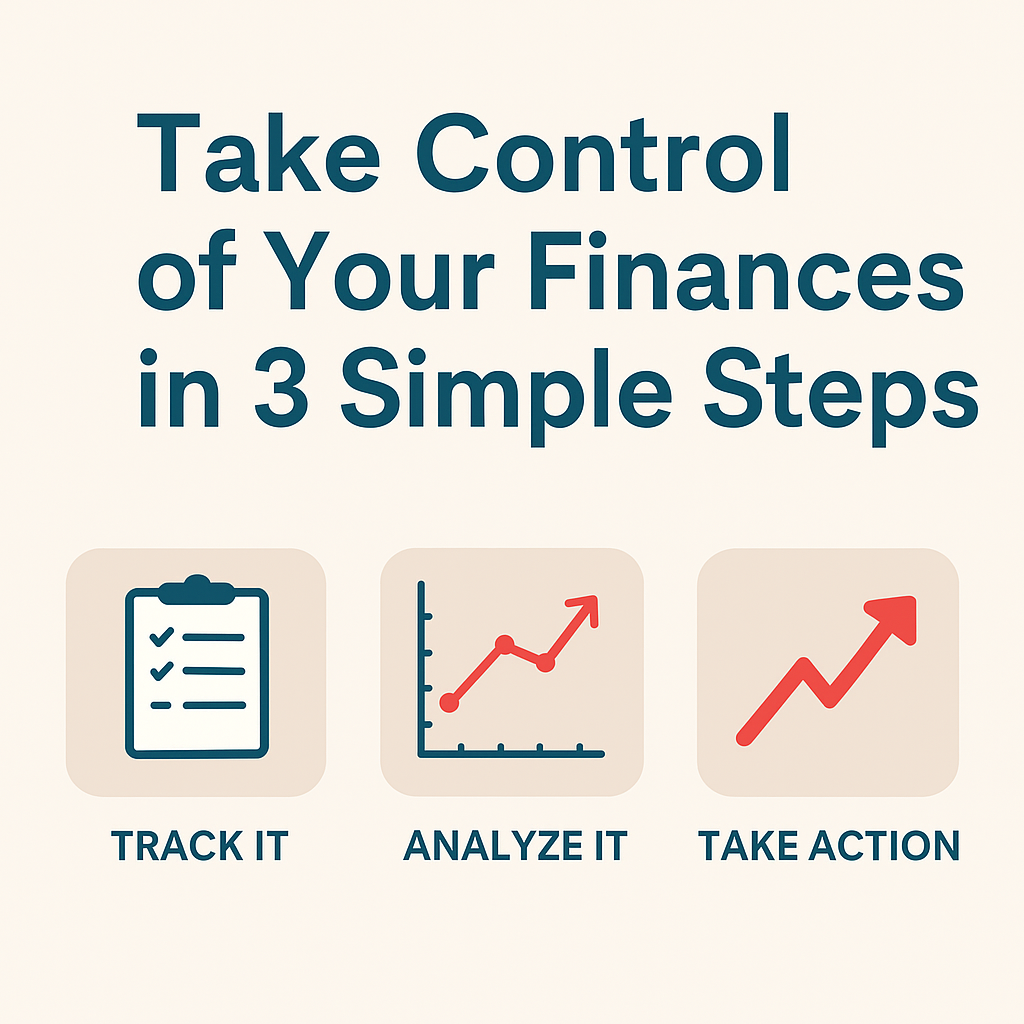Imagine your financial life is a giant house.
And the Federal Reserve (aka “The Fed”) is the one controlling the thermostat that keeps the house comfortable.
In 2020 and 2021, that thermostat was set to “COZY” mode—interest rates were low, borrowing was cheap, and life felt… well, a little warmer and fuzzier.
But now? The Fed has cranked the thermostat WAY down to cool things off.
Let’s unpack what that means, why it happened, and what life could look like when rates finally warm up again.
 Today’s Reality: The Thermostat is Set on High Interest Rates
Today’s Reality: The Thermostat is Set on High Interest Rates
The Fed has kept interest rates higher for longer to fight off inflation (remember those $8 eggs and $5 gas? Yeah, that inflation).
Here’s what that means for everyday life:
Mortgage rates are still above 6%, making homeownership harder.
Car loans are more expensive, even for used vehicles.
Credit card APRs are sky-high—often 20% or more.
On the bright side: Savings accounts and CDs are finally paying decent interest.
So, if you’re saving—
If you’re borrowing—
 Why Did the Fed Do This?
Why Did the Fed Do This?
Because inflation got out of control.
To slow it down, the Fed had to make borrowing more expensive, hoping people would spend less and cool the economy.
 Think of it like this:
Think of it like this:
The house (our economy) was overheating, and the Fed turned the thermostat down (by raising interest rates) to cool it off.
It’s working—but it still feels cold in here.
 What Would Life Look Like With Lower Interest Rates?
What Would Life Look Like With Lower Interest Rates?
Let’s dream a little, shall we?
If rates come down:
Mortgages become more affordable → More people can buy homes.
Auto loans and student loans get cheaper → Lower monthly payments.
Credit card rates might drop a little.
But there’s a trade-off: Lower rates could spark inflation again if we go too fast.
Lower rates = easier borrowing = more spending = possible inflation comeback.
 What Needs to Happen for Rates to Drop?
What Needs to Happen for Rates to Drop?
The Fed won’t touch the thermostat unless the whole house feels stable.
They’re watching for:
Inflation to drop consistently (goal = 2%)
Job market stability (not too hot, not too cold)
No surprise drama—like oil spikes or global conflicts
If things stay calm, rates might start to come down later this year or in 2026.
 Final Thoughts: You’re Not Crazy—Money Is More Expensive Right Now
Final Thoughts: You’re Not Crazy—Money Is More Expensive Right Now
Whether you’re trying to buy a home, get a car, or avoid screaming when you open your credit card bill—higher interest rates are touching everything.
But this phase won’t last forever.
When the Fed feels the economy has cooled enough, they’ll start lowering rates. That means cheaper loans, lower credit card interest, and a more breathable financial life.
Until then:
- Save when you can.
- Avoid high-interest debt.
- And stay informed—because this thermostat affects everyone in the house.
Related Articles:
- Keep Calm and Stay Cool: Why VOO, QQQ, and SCHD Deserve a Spot in Your Portfolio
- Tis The Selloff Season. Should you follow the market?
Financial Disclaimer
The information provided on HelpyYourFinances.com is for general informational purposes only and is not intended to be financial advice. While we strive to ensure the accuracy and reliability of the content, it is important to remember that financial decisions are personal and should be tailored to your individual circumstances.
We strongly recommend that you consult with a qualified financial advisor or other professional before making any financial decisions. The content on this website should not be considered a substitute for professional financial advice, analysis, or recommendations. Any reliance you place on the information provided is strictly at your own risk.







